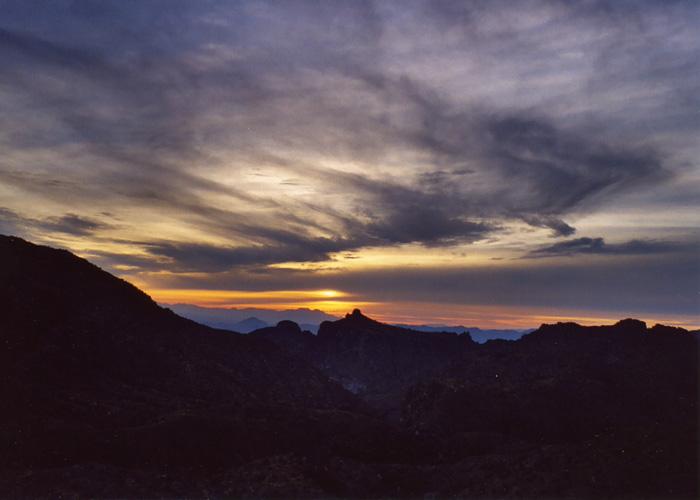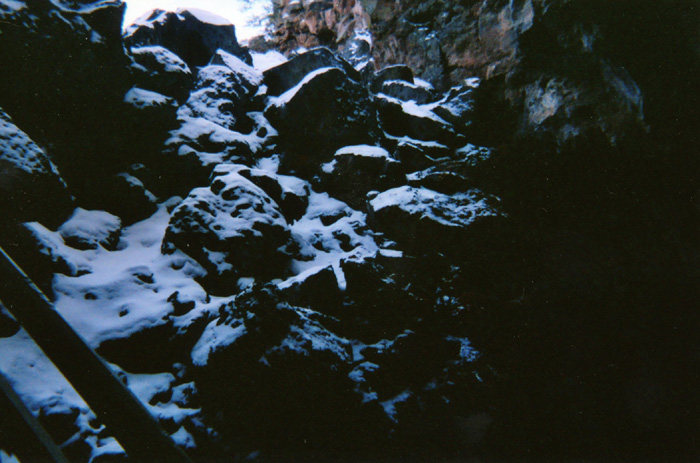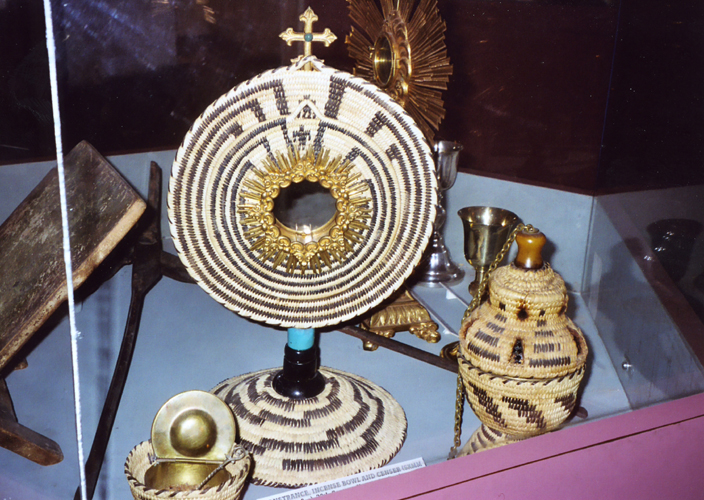|
Aside from the wow factor of being so close to something that big, this bit of geology made
history. The volcanic eruptions that molded the area, long before modern humans evolved, tended
to be explosive, creating some extremely porous rock. This was significant in the case of
Bandelier, because the very quality of the rock that made it erode so unusually quickly in
nature, left it soft enough that with no more than a neolithic level of technology at their
disposal, the indigenous inhabitants were able to dig into those hillsides, right into the rock.
This fact gave civilization a chance to develop in the region, because it meant that when hungry
nomads came in raiding from off the Great Plains, not so very far away, the local farmers had a
defensible position to retreat to, with enough space available in it for them to store their
grain and withstand a siege. Agriculture is not going to be a very feasible proposition if
starving, armed warriors are going to keep stealing the crop out from under the farmers, which
desperation would inevitably drive them to do. Remember your basic ecology - in nature, man is
at the top of the food chain, and like any other top predator, has his numbers limited by
starvation, which will periodically occur as the local population hits a peak. So, while the
great plains were, themselves, far better watered and more fertile, and not so very far away,
this land became ideal for farming purposes. Ideal being a relative term: settlements in the
area were often abandoned in response to prolonged drought, and attendant famine. But stays
were long enough for some kind of sedentary civilization to develop, and culture along with it.
Cultures, actually, very old cultures that are still there to be seen, not as museum
pieces, but as going concerns with futures of their own. This next image is huge (400K); if
you have a slow connection and it doesn't download, let it go.
|


